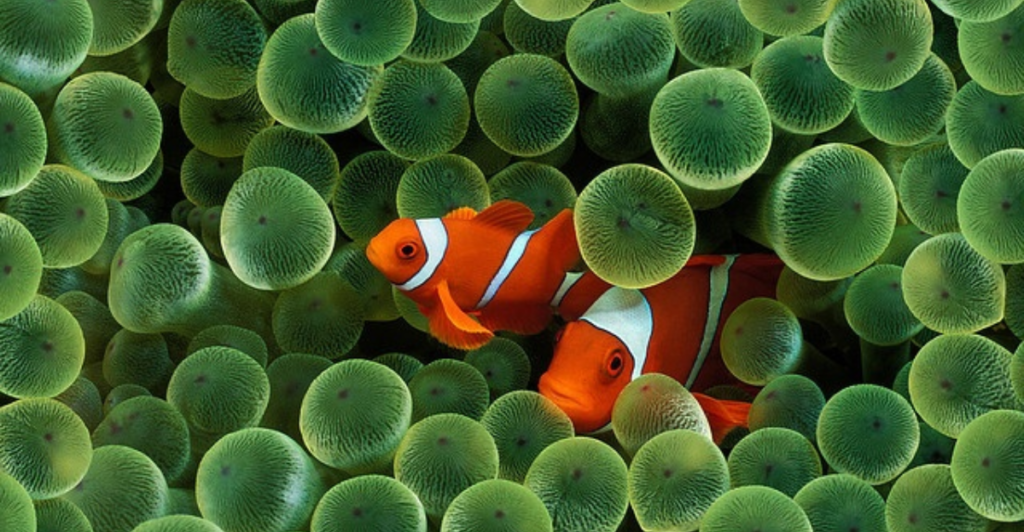
Nature is not always what you expect. For instance, some animals can change their sex. Let’s learn how these 10 animals, that don’t follow conventional biological norms, can change their gender.
1. Clownfish: Born Male, Become Female
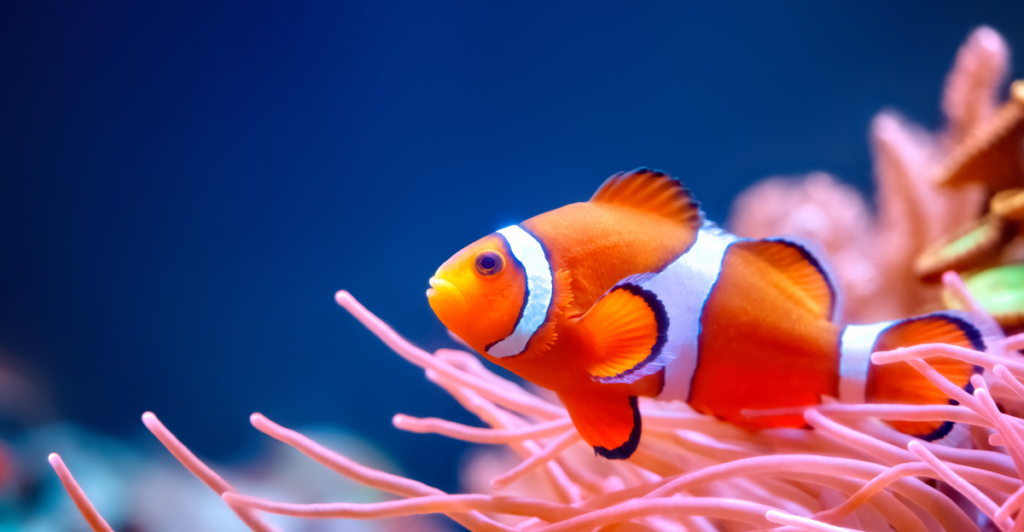
Clownfish are monogamous and the females are aggressive. When she dies, the biggest male will undergo a hormonal shift and become female. This guarantees the continuation of the species and a proper functioning of the social system in their anemone shelter. Without this capability, their social structure would be hindered.
2. Bluehead Wrasse: Instantly Revoked and Granted Role
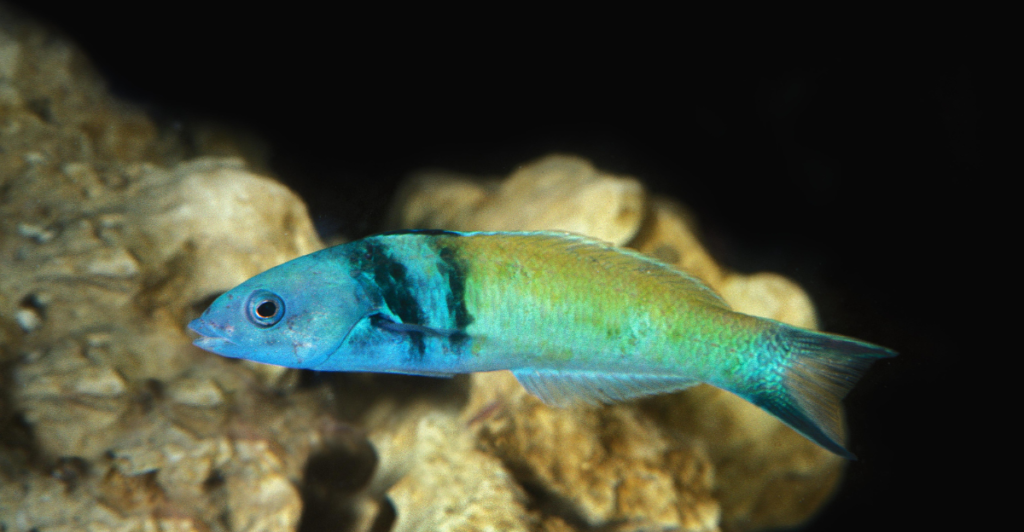
This is a colorful reef fish that is female at birth. If the alpha male dies, the most prominent female turns into a male in a day or two. This transformation includes shifts in behavior, which ensures the conservation of the species in small and dynamic schools within the reef.
3. Green Sea Turtles: Sex Based on Temperature
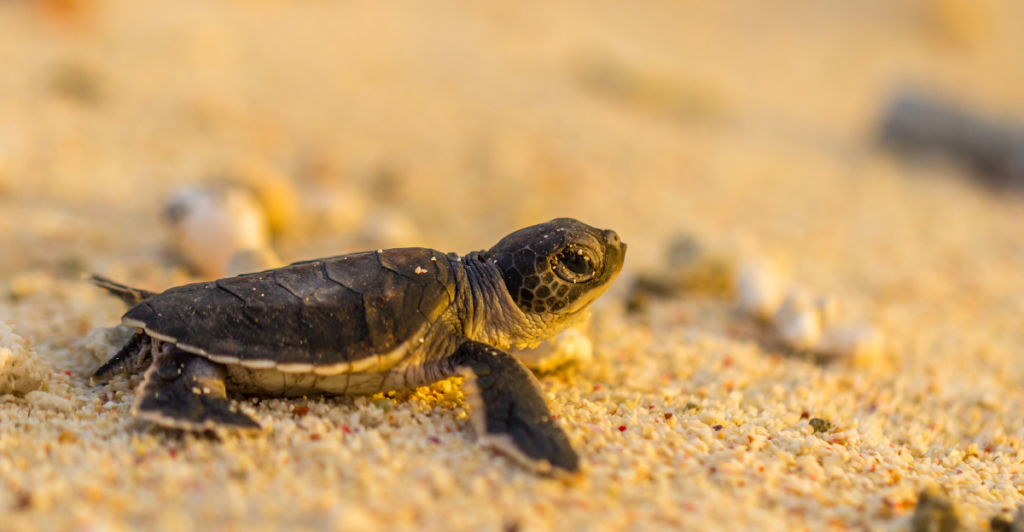
Green sea turtles don’t change their gender after hatching; instead, their sex is influenced by the temperature during the incubation period. Female turtles are more likely to hatch from warm nests, while male turtles are more commonly born from cooler nests. The delicate balance of turtle populations could be disrupted by temperature changes. Studies reveal that there are now more females than males, which could affect the sustainability of the population in the long run.
4. Mangrove Killifish: Resilient and Self-Sufficient Populations
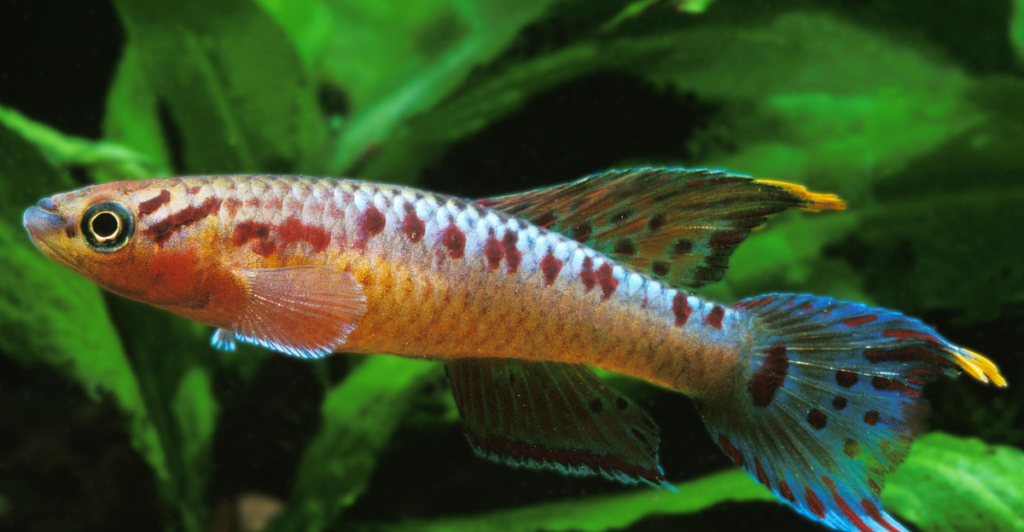
The Mangrove killifish is a hermaphroditic species, meaning that it has both male and female organs. The fish species can lay its eggs without needing a mate, which increases its chances of survival when there are fewer mates around. This rare ability enables it to live in adverse conditions like mud holes and mangrove swamps.
5. Hawkfish: Gender Changes as and when Required
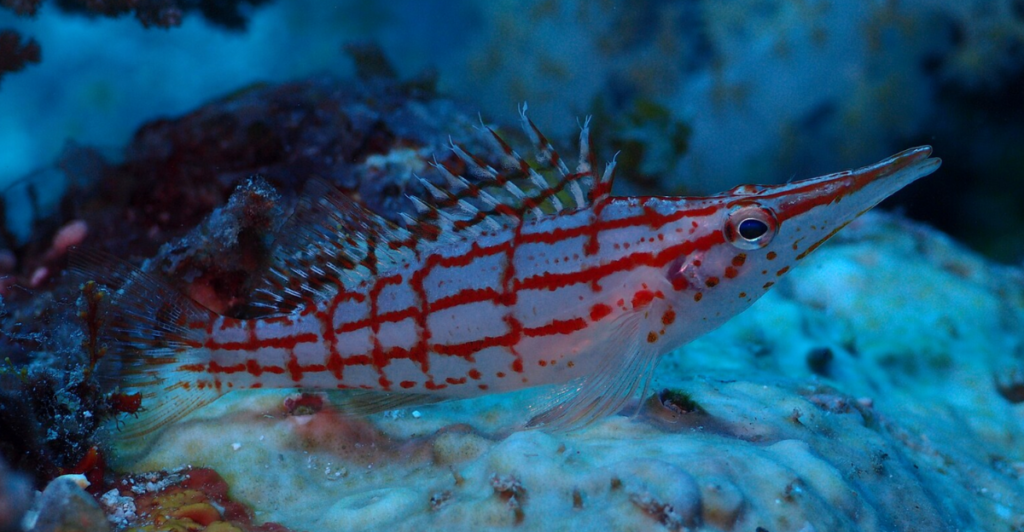
Hawkfish are hermaphroditic and protogynous. They are born as females and become males when required. If a male is removed, the most dominant female will take over and become a fully functional male to sustain breeding in the group.
6. Bearded Dragons: Sex Change in the Embryo
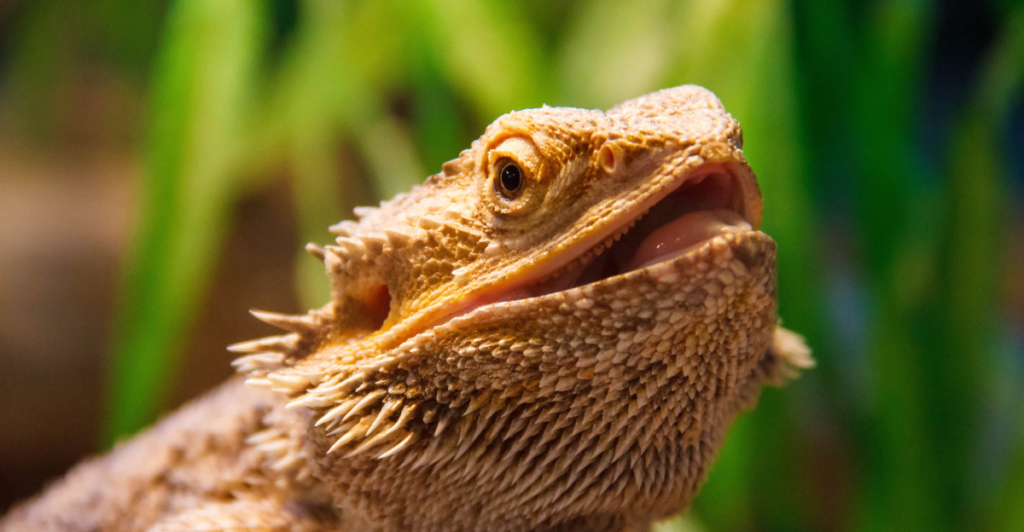
Bearded dragons are genetically determined, but very high temperatures can override this. Extremely high temperatures during the incubation period can make genetically male dragons become functional females. These sex-reversed females can also mate and produce offspring, representing nature’s incredible capacity to adapt to various circumstances.
7. Slipper Limpets: Sorting and Shifting
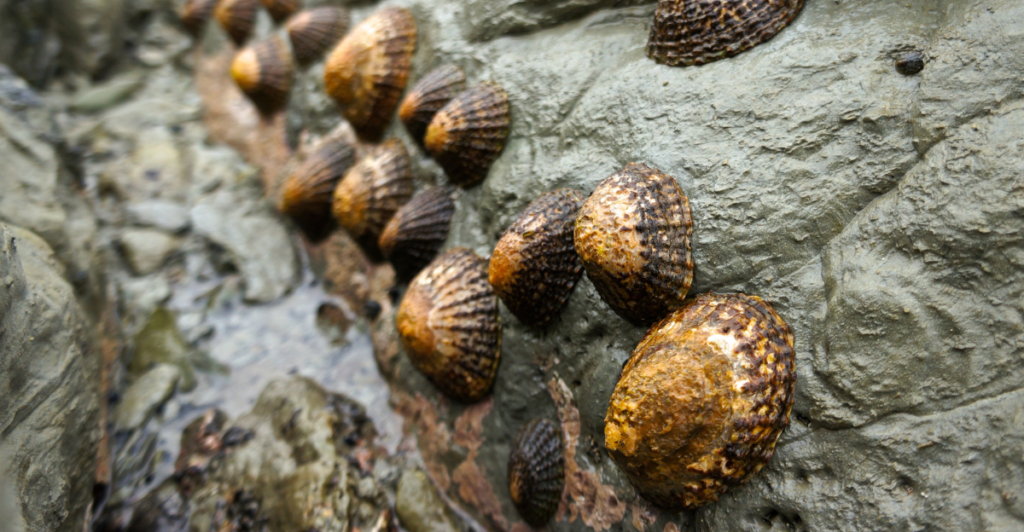
Slipper limpets live in stacks, and are born as males. As they become older and move to the bottom of the pile, they become female. This guarantees reproductive success, since new males come in at the top and continue the pattern. Their sex change is induced by pheromones produced by other nearby limpets.
8. Parrotfish: The Most Extreme Shape Shifter
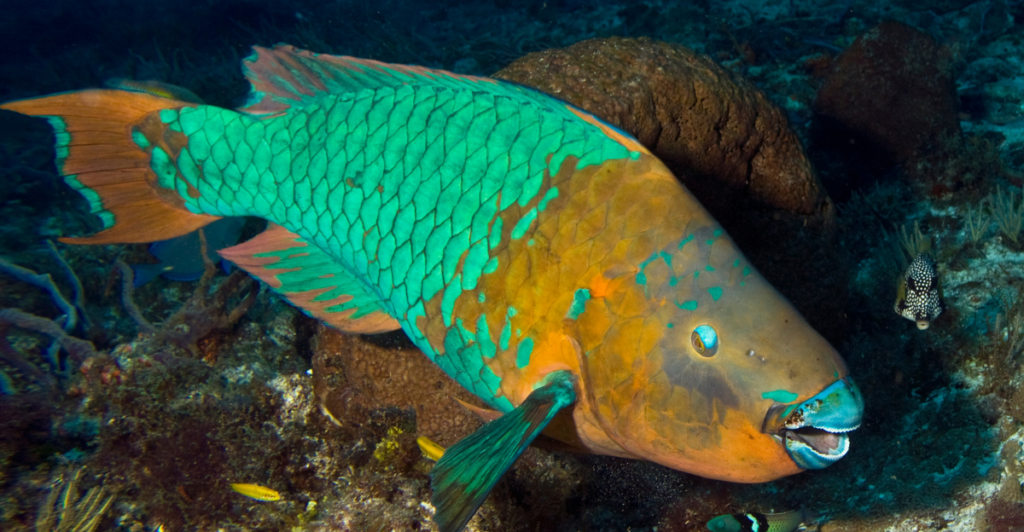
Parrotfish are female at birth. When there is no dominant male, a large female turns into a bright male. This switch aids in the formation of breeding groups and guarantees genetic variety in coral reef ecosystems.
9. Gobies: Movement from One Gender to the Other
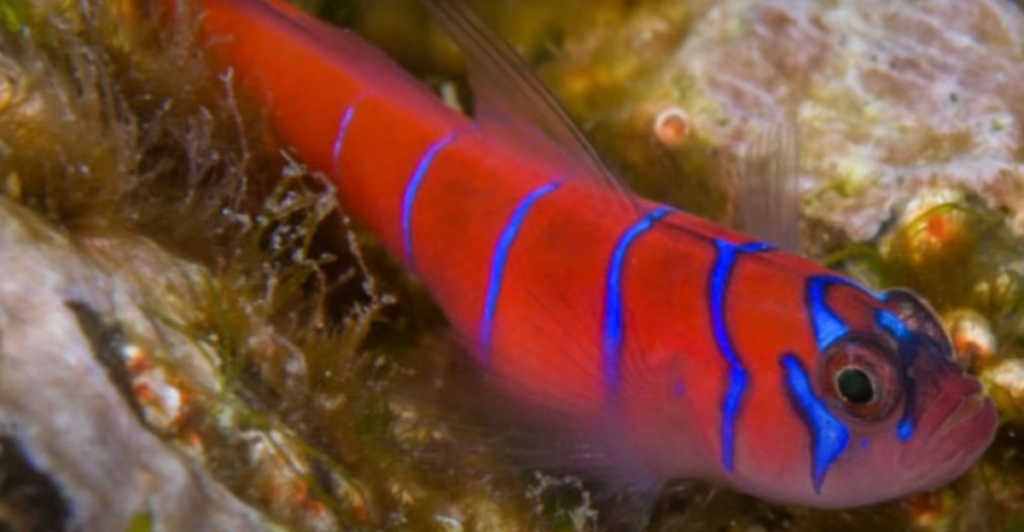
Gobies are one of the very few species that can switch sexes in both directions. If there are more males in a population than required, some of the males will become female and vice versa. This flexibility enables them to meet ecological challenges and guarantee adequate fertilization.
10. Banana Slugs: Two-Purpose Partners
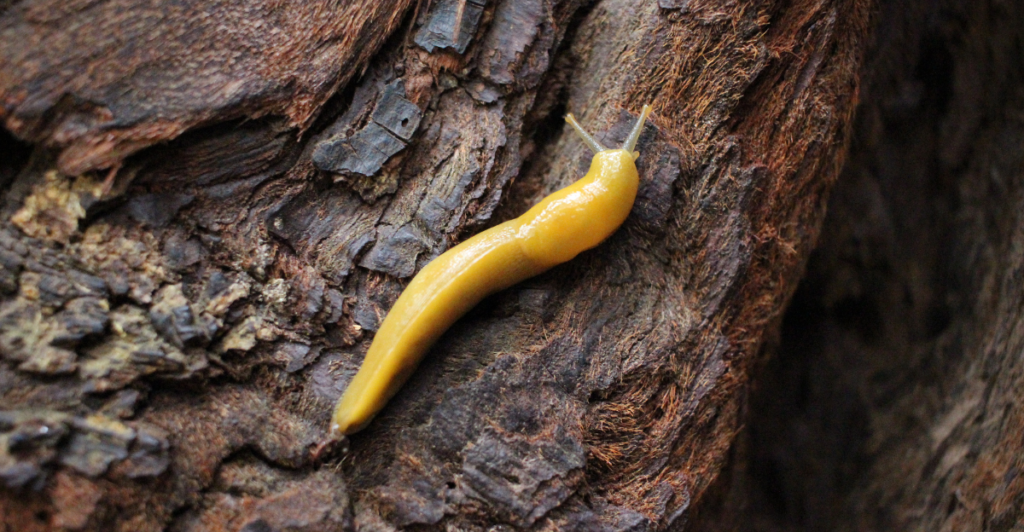
Banana slugs are mutual hermaphrodites; each creature has both male and female organs. During breeding season, they take turns fertilizing each other’s eggs. This capability enhances their chances of reproducing, especially in areas with low population density.
Why Do Animals Change Sex?
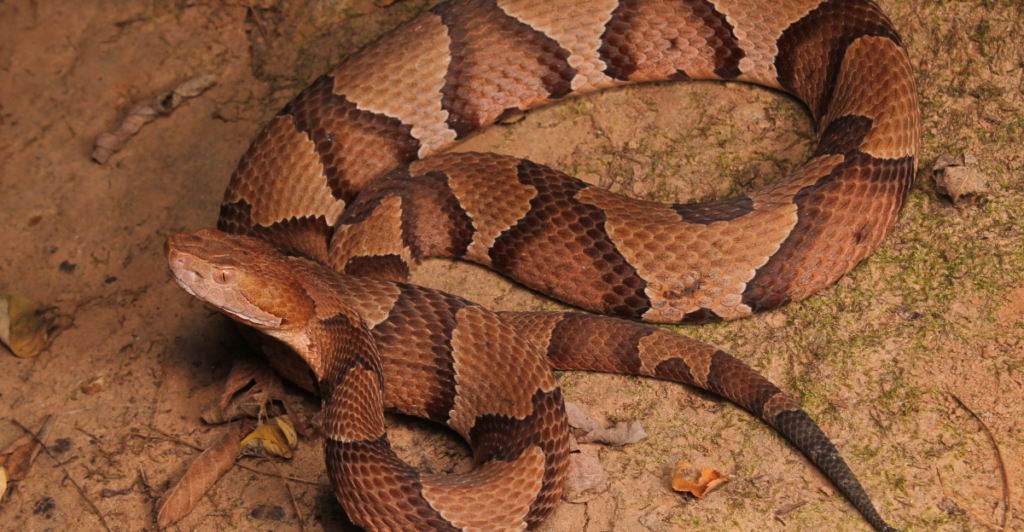
Sex transitions in animals are motivated by survival. Animals transition in response to social hierarchy, environmental factors, or population imbalances in order to guarantee reproductive effectiveness. Scientists consistently study these transitions to gain deeper insights into evolution, genetics, and medical potentials in human biology.
Natural Flexibility
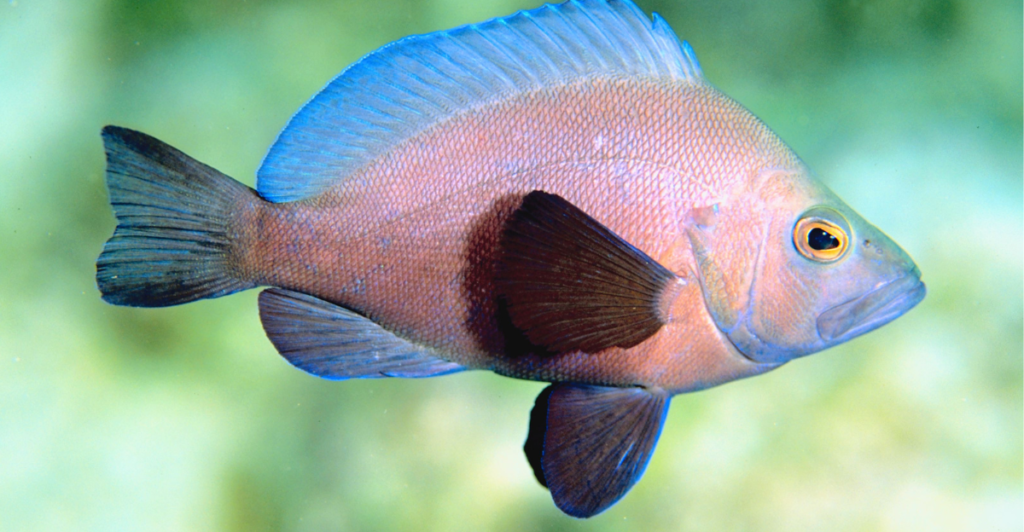
Some species’ ability to change sex is a powerful and adaptive survival technique. In coral reefs, forests, and other habitats, these transformations help species thrive in unpredictable and changing environments. As environmnental changes and habitat destruction continue to affect populations, these adaptations could hold the key to conserving endangered species.
Discover more of our trending stories and follow us to keep them in your feed

California Is Breaking Apart: A Fault Line Is Forming Faster Than Anyone Predicted
Philanthropist Promises To Cover $771.23M Annually After US Exit From Climate Accords
Meet 12 of the World’s Coolest Rodents
10 Tips On How To Design The Perfect Cat-Friendly Home
References:
Reference 1
Reference 2
This article first appeared here
Stay connected with us for more stories like this! Follow us to get the latest updates or hit the Follow button at the top of this article, and let us know what you think by leaving your feedback below. We’d love to hear from you!







